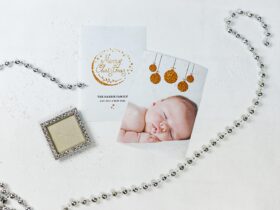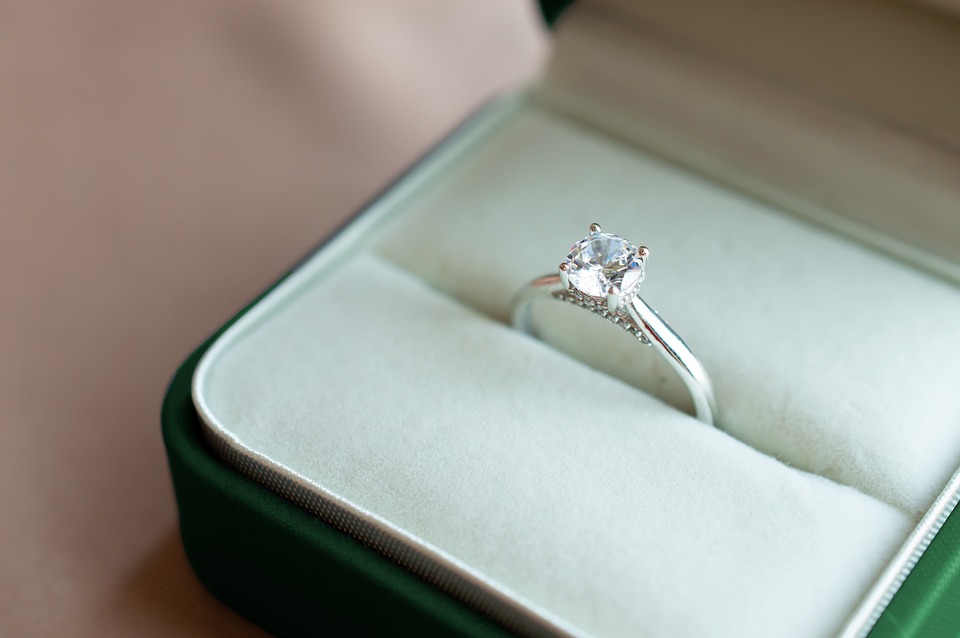Introduction
Stone jewelry has been a popular choice for adornment and self-expression for thousands of years. From ancient cultures such as the Egyptians and Greeks to modern-day store racks, stones have captivated us with their beauty and symbolism. In this article, we’ll delve into the world of stone jewelry and explore its history, meaning, and advantages.
A Brief History of Stone Jewelry
The use of stones in jewelry dates back to ancient times, where they were used to adorn pharaohs, goddesses, and gods. The oldest known example of stone jewelry is the 25,000-year-old Venus of Willendorf, a small statue made from limestone found in the Czech Republic. The art of stone jewelry-making spread throughout ancient civilizations, with the Egyptians, Greeks, and Romans using precious stones like rubies, garnets, and amethysts to create stunning pieces.
The Meaning of Different Types of Stones
Stones have long been believed to possess spiritual and symbolic significance, with each type imbued with unique energies, properties, and meanings. Take, for example, the following:
- Amethyst: said to promote calmness, inner strength, and wisdom.
- Peridot: associated with good fortune, prosperity, and a connection to nature.
- Rose Quartz: believed to embody love, compassion, and inner peace.
- Onyx: said to protect the wearer from bad energy and bad luck.
Advantages of Stone Jewelry
Stone jewelry offers several advantages over other types. For one, stones are durable and can last for generations with proper care. Additionally, many stones are hypoallergenic, making them suitable for sensitive skin. Stones can also be engraved, inlaid, or combined with other materials to create unique and striking designs. Lastly, stones can be found in a wide range of colors, allowing for endless possibilities in terms of style and coordination.
Stone jewelry is created using various techniques, including:
- Casting: using molten metal to form a mold around the stone.
- Sawing: using a saw to cut and shape the stone into desired forms.
- Tumbling: using machinery to grind and polish the stone into a smooth, high-gloss finish.
Conclusion
Stone jewelry has captivated us for thousands of years, offering a timeless and enduring form of self-expression and adornment. Whether you’re looking for a symbol of good luck, a token of love, or simply a beautiful piece to adorn your person, stone jewelry is a great choice. With its durability, versatility, and symbolic significance, it’s no wonder why stone jewelry remains a staple in jewelry design to this day.
FAQs
Q: How do I care for my stone jewelry?
A: Store your stone jewelry in a cool, dry place, away from direct sunlight. Clean it regularly with a soft cloth and mild soap, and avoid using harsh chemicals or abrasive materials.
Q: Can I wear stone jewelry if I have sensitive skin?
A: Yes, many stones are hypoallergenic and suitable for sensitive skin. However, it’s essential to research the specific stone and material used in the jewelry to ensure compatibility.
Q: How do I determine the quality of a stone?
A: Look for reputable sellers, authenticate the stone’s material and origin, and inspect the craftsmanship. A high-quality stone should have a smooth, even surface, be symmetrical, and have no visible flaws or inclusions.
Q: Can I combine different types of stones in my jewelry?
A: Absolutely! Mixing and matching stones can create unique and striking effects. Consider the colors, textures, and meanings of the stones when combining, and balance contrasting elements to create a harmonious look.
















Leave a Reply
View Comments